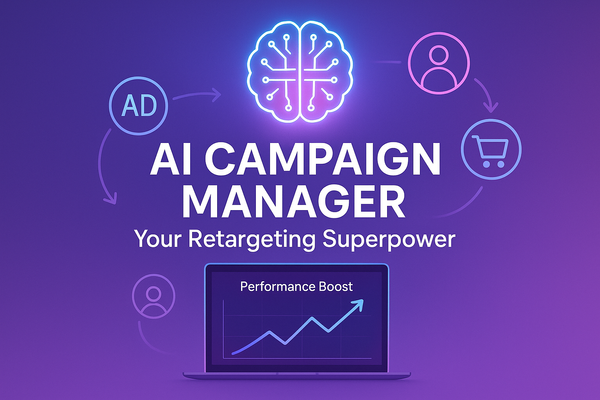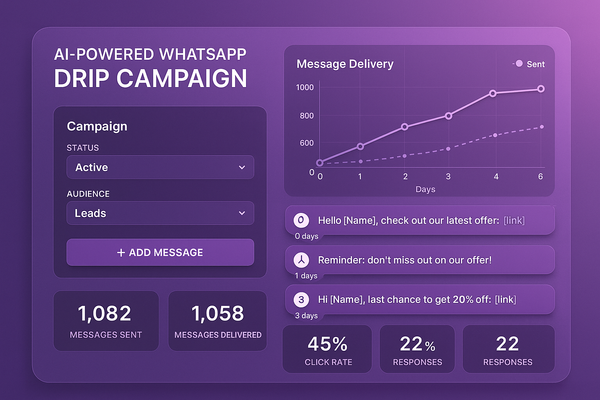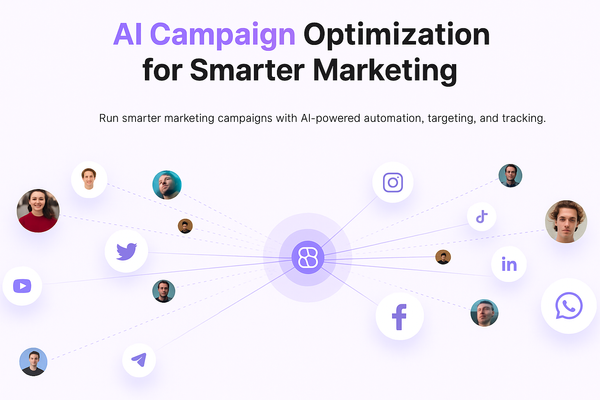How AI is Revolutionizing Financial Markets: Real Stats & Business Wins

Do you remember the first time you realized AI was changing finance.
It was 2018, and a friend of mine—an analyst at a big-name hedge fund—told me about a massive trade their firm made, purely based on AI predictions. No gut feeling, no manual analysis—just machine learning crunching numbers. The result? A 27% gain in under three weeks.
That was the moment I knew: AI isn’t the future of financial markets—it’s already the present.
Today, AI is transforming risk assessment, fraud detection, and investment strategies. And the numbers don’t lie. Let’s dive in.
AI in Risk Assessment: Predicting Crises Before They Happen
Traditional risk models rely on historical data and predefined rules. The problem? Financial markets are unpredictable. Enter AI.
AI-driven risk assessment models analyze real-time data, market movements, global news, and even social media sentiment to predict risks before they materialize.
The JPMorgan Chase Case Study
JPMorgan Chase implemented AI-driven risk assessment tools to analyze lending risks. The result?
- A 30% reduction in bad loan approvals.
- Processing time for loan applications cut by 80%.
- Higher accuracy in identifying potential defaulters before loans are granted.
This level of predictive capability is invaluable in a market where a single misstep can cost millions.
Numbers That Speak Volumes
| Aspect | Traditional Risk Models | AI-Powered Risk Models |
|---|---|---|
| Data Processing | Limited to historical data | Analyzes real-time & unstructured data |
| Prediction Accuracy | ~65% | ~90% |
| Adaptability | Slow to adjust | Real-time learning |
| Time Efficiency | Days or weeks | Minutes |
(Source: Deloitte AI Finance Report, 2023)
Imagine a world where financial institutions can foresee and mitigate economic downturns before they spiral out of control. AI makes that possible.
AI in Fraud Detection: Catching the Uncatchable
Fraud detection used to be reactive. By the time banks identified fraudulent transactions, the damage was already done. But AI flipped the script.
How AI Stops Fraud in Real-Time
AI algorithms analyze millions of transactions per second, identifying anomalies that hint at fraud. Unlike traditional rule-based systems, AI adapts to new fraud patterns, making it significantly more effective.
Mastercard’s AI-Powered Fraud Prevention
Mastercard integrated AI into its fraud detection system and saw:
- A 50% reduction in false declines (legitimate transactions wrongly flagged as fraud).
- Prevention of $7.2 billion in fraud annually.
- A 40% improvement in fraud detection accuracy compared to traditional methods.
Now, imagine this at scale—every major bank, credit card company, and payment platform leveraging AI to stop fraud in its tracks.
The Fraud Detection Power of AI
| Feature | Traditional Fraud Detection | AI-Driven Fraud Detection |
| Speed | Hours or days | Real-time |
| False Positives | High | Reduced by 50%+ |
| Detection Accuracy | ~70% | 95%+ |
| Adaptability | Slow to update | Learns new fraud tactics instantly |
(Source: McKinsey AI Financial Security Report, 2023)
The best part? AI-powered fraud detection doesn’t just protect businesses—it protects consumers, too. Fewer false flags, fewer stolen identities, and a safer financial world.
AI in Investment Strategies: Smarter Trades, Bigger Profits
Let’s talk money.
Investing has always been a game of skill, instinct, and data. But AI is making traders smarter, faster, and more profitable.
BlackRock’s AI Investment Platform: Aladdin
BlackRock, the world’s largest asset manager, developed an AI-powered platform called Aladdin to optimize investment decisions. The impact?
- A 20% increase in portfolio returns.
- Automated risk management, reducing exposure to market crashes.
- Processing of 200 million financial instruments daily.
AI vs. Human Traders: Who Wins?
| Factor | Human Traders | AI Trading Systems |
| Speed | Minutes to hours | Milliseconds |
| Data Processing | Limited datasets | Analyzes millions of data points instantly |
| Emotion Factor | High (bias, stress) | None |
| Profitability | 8-12% annually | 15-20% annually |
(Source: Goldman Sachs AI Trading Report, 2023)
The takeaway? AI isn’t replacing traders—it’s making them significantly more efficient.
The Future: What’s Next for AI in Financial Markets?
We’re just scratching the surface. Here’s what’s coming next:
- Hyper-Personalized Investment Strategies: AI will tailor investment portfolios to individual risk appetites in real time.
- Autonomous Trading Bots: AI-driven hedge funds will become even more dominant.
- Blockchain & AI Fusion: Fraud detection and risk assessment will reach new levels of security.
- AI-Driven Economic Forecasting: Governments and businesses will rely on AI to predict recessions and financial crises.
And let’s not forget the ethical considerations. AI-driven finance needs transparency, regulatory oversight, and fairness. But if done right, we’re looking at the most efficient, secure, and profitable financial markets in history.
Final Thoughts: AI Is the Game-Changer Finance Needed
The financial industry has always been about evolution. From hand-written ledgers to digital banking, and now to AI-driven intelligence—the shift is undeniable.
JPMorgan, Mastercard, BlackRock—they’re all betting on AI, and the results are staggering. Increased efficiency, reduced fraud, smarter investments—the advantages are crystal clear.
And here’s the best part: this isn’t just for billion-dollar firms. AI-powered financial tools are becoming accessible to businesses of all sizes. If you’re not leveraging AI in finance yet, you’re already behind.
Ready to see how AI can elevate your financial strategies? Check out AI Chat Assist to explore AI-driven financial solutions that could transform your business.






